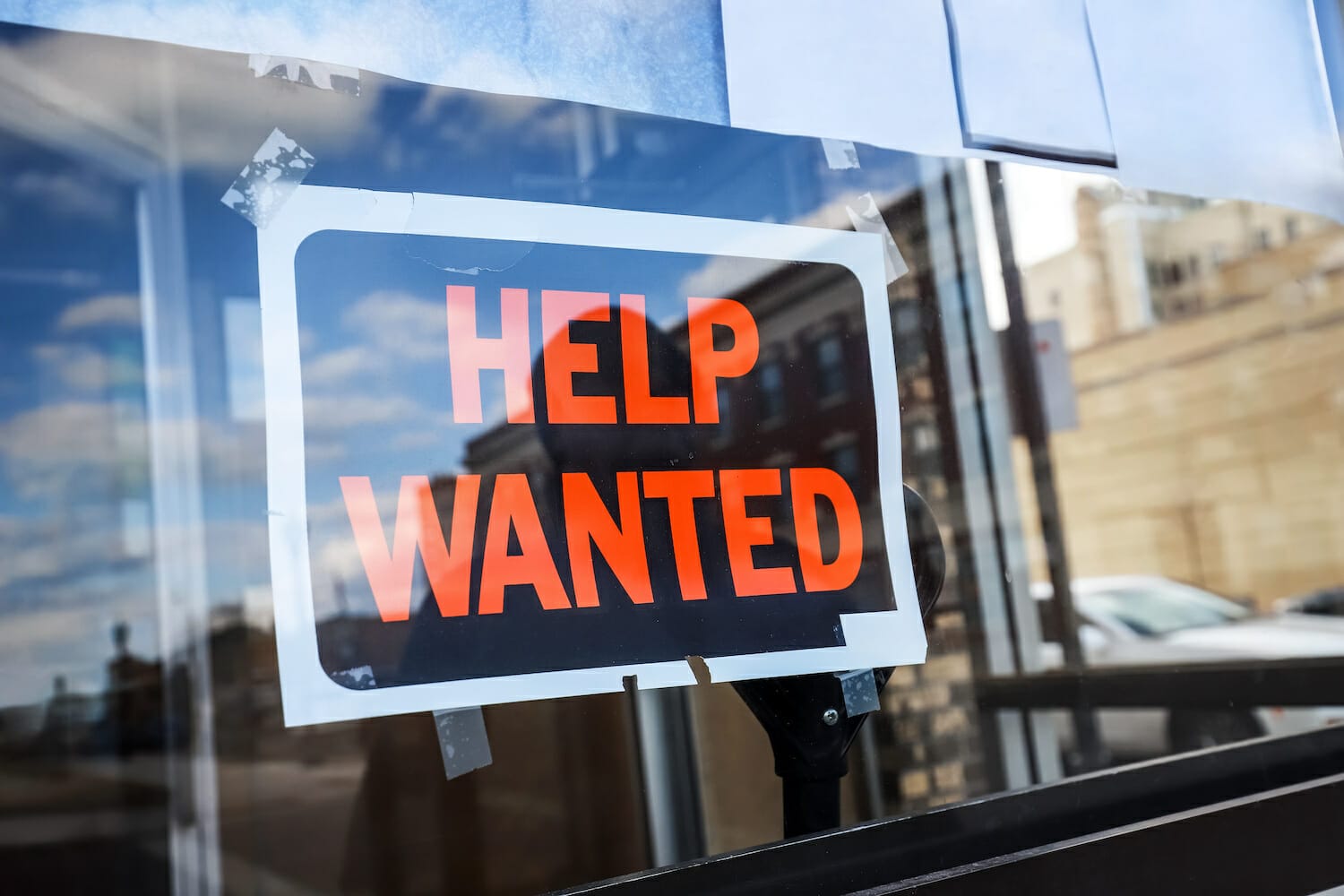
Myths abound regarding the nature and effect of immigration in the United States. Many argue that the influx of H-1B immigrants negatively impacts the job availability for equally able U.S. citizens. Others say that the only reason major tech companies hire workers this way is to decrease the cost of labor because, the argument goes, they don’t need to pay H-1B workers as much as their U.S. citizen counterparts. Let’s take a closer look at companies hiring the most H-1B workers and their impact on the U.S. economy.
H-1B, in a Nutshell
The H-1B visa gives the recipient the ability to live and work in the United States for the duration of the validity period (up to 3 years with a possible extension to 6). Visa holders must work for the employer who hired them under the H-1B, and in order to obtain this status, they must hold a bachelor’s degree (or its equivalent) in the appropriate field.
U.S. Citizenship and Immigration Services (USCIS) holds a lottery every year starting on April 1st. Each year, only 85,000 visas are made available, and they tend to go quickly. In 2014, the cap was filled within 6 days following the opening of the lottery. (Note that there are alternatives to the H-1B should the petitioner lose the lottery.)
The H-1B is often given to those working in finance, engineering, architecture, medicine, education, and tech. Perhaps the most common recipient of the H-1B is the tech worker. According to the Economic Policy Institute’s analysis of Department of Labor’s (DOL’s) H-1B data for FY2022, the top 5 companies using H-1B are:
- Amazon
- Infosys
- Tata Consultancy Services
- Cognizant
H-1B, an Economic Boon
As the tech industry continues to grow, U.S. companies (such as the above) are in desperate need of software developers and system engineers, and because of a dearth of labor on the domestic front, they have no choice but to look abroad. The H-1B visa provides a pathway toward filling this demand.
But, some argue, while these workers fill a demand, they do so at the cost of U.S. employment
levels because when a non-U.S. citizen is hired, a perfectly able U.S. worker is not. And, the argument continues, these non-U.S. tech workers are only hired because they provide cheaper labor. This perspective misses a few key points.
For one, it completely ignores the fact that, according to a study authored by Vivek Wadhwa, between 1995 and 2005, over 50% of emerging companies in the Bay Area were started by immigrants. These companies have, in turn, gone on to generate huge employment pools, effectively enhancing the job opportunities for local U.S. workers. In the next section, we’ll touch on another important aspect of the H-1B process — an aspect that often goes unheeded in the discourse around immigration.
H-1B, the Labor Condition Application
Before a job applicant can apply for an H-1B visa, the employer must first submit a petition (Form I-129) to USCIS, and before they can submit that petition, they must file what is known as a Labor Condition Application (LCA) with the Department of Labor (DOL). The LCA has a few functions. First, it ensures that the job applicant is offered a salary or wage that is greater than or equal to the prevailing wage for that job type in the employer’s region. Second, as per LCA instructions, the employer must attest that hiring a non-U.S. citizen will not “displace similarly employed U.S. worker[s]” in that field.
So, not only does the H-1B have mechanisms in place to avoid underpaying new non-U.S. recruits; it also provides a safeguard against displacement of the domestic workforce. You can learn more about H-1B compliance and common H-1B mistakes to avoid in Boundless’ guides.